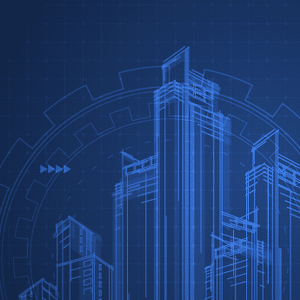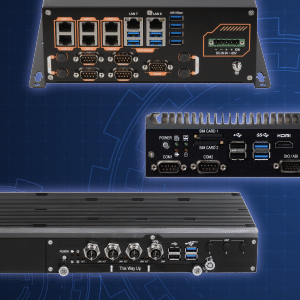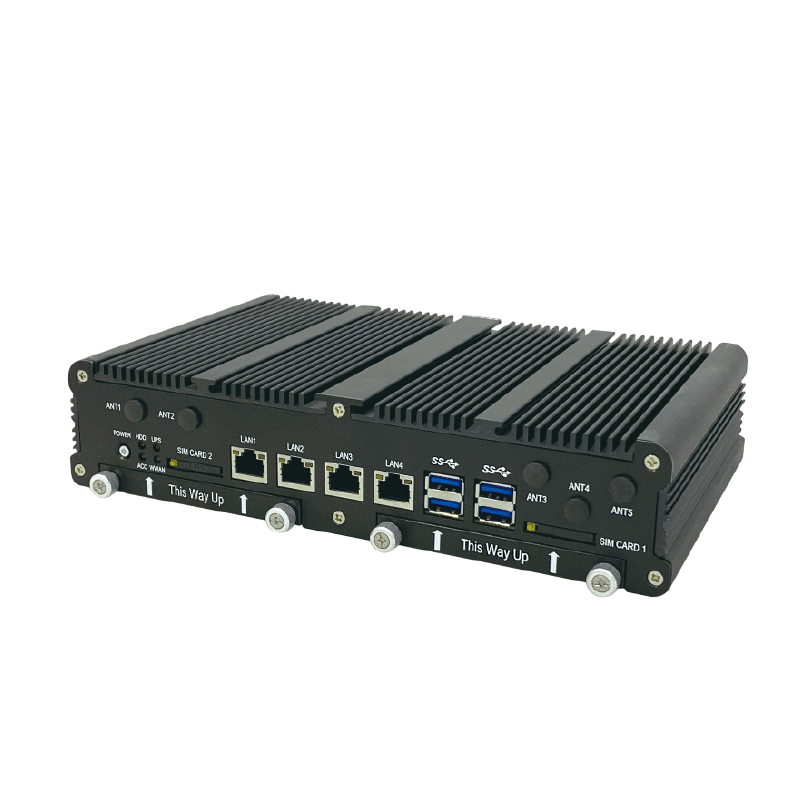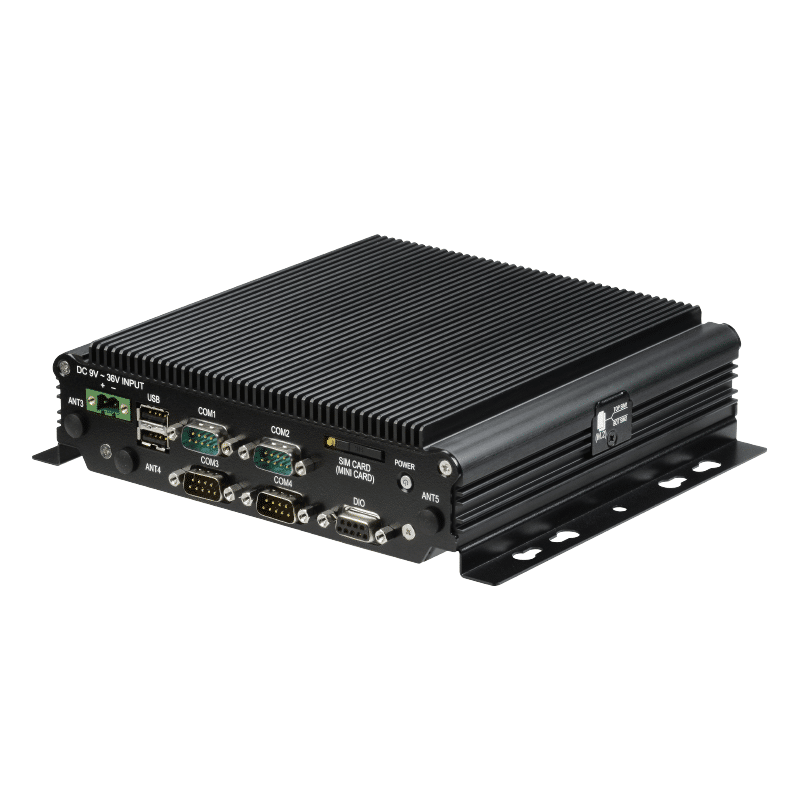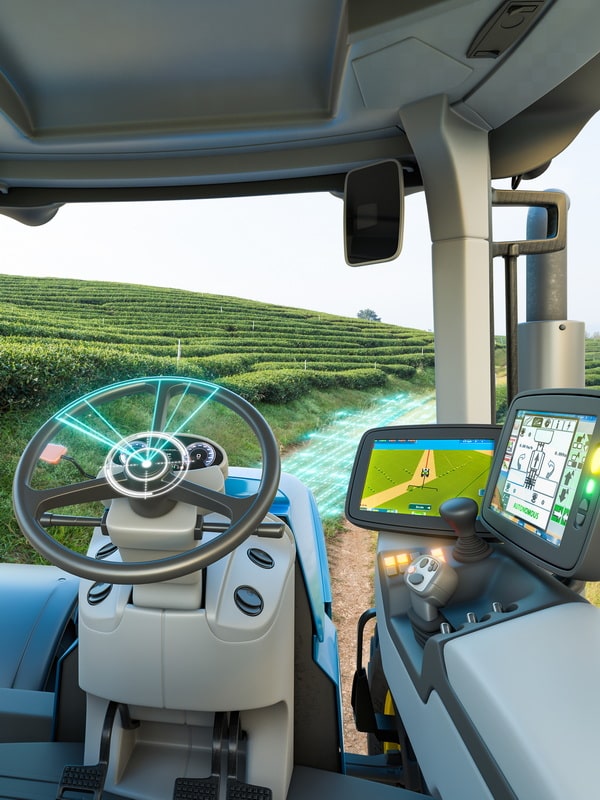
Smart Agriculture
Smart agriculture refers to the use of advanced technologies and innovative solutions, combined with the Internet of Things (IoT), extensive data analysis, artificial intelligence (AI), cloud computing, and other related technologies, to improve the efficiency, quality, and sustainability of agricultural production a mode of agriculture. Smart agriculture uses sensors and equipment to collect and monitor data such as soil moisture, temperature, light, and air quality. It transmits the data to the cloud platform through wireless communication for analysis and processing. Farmers can use mobile phone applications or computer monitoring systems to understand the status of farmland in real-time to precisely adjust irrigation, fertilization, pest control, etc., improve crop yield and quality, and reduce waste and environmental impact.
Astute animal husbandry uses advanced technology and digital solutions to apply the Internet of Things, extensive data analysis, and artificial intelligence to animal husbandry’s management and production process. Through sensors and monitoring equipment, data such as environmental conditions, animal behavior, and the health status of livestock farms can be monitored in real-time. These data can be transmitted to the cloud platform through wireless communication for analysis, helping farmers review and improve animal husbandry management strategies, including feed supply, disease prevention and treatment, and breeding management. Astute animal husbandry can also provide accurate animal husbandry data and health monitoring to help farmers make more informed decisions and improve the efficiency and sustainability of animal husbandry.
Smart agriculture and innovative livestock aim to harness the power of technology and data to increase the productivity, efficiency, and sustainability of agriculture and livestock while reducing costs, waste, and environmental impact. These innovative solutions can change traditional farming and livestock operations, making them more innovative, efficient, and sustainable.
IoT technology can connect various sensors and devices in the farm to realize farm automation and intelligence. For example, automated irrigation systems can automatically adjust water volume based on soil moisture and crop demand, improving irrigation efficiency and saving water resources. Intelligent machinery can automatically carry out operations, reduce labor pressure and improve production efficiency. Through the application of Industry 4.0 technology, the introduction of technologies such as cloud technology, extensive data analysis, Internet of Things, intelligent machinery, and sensors into agriculture can help small farmers cope with challenges such as population aging, labor shortage, and extreme climate, thereby improving production efficiency and productivity. Applying these technologies can enable farmers to more accurately manage crops’ planting and feeding process, reduce resource waste, and improve the quality and yield of agricultural products.
Using Industry 4.0 technology to apply cloud technology, extensive data analysis, Internet of Things, intelligent machinery, and sensors to agriculture can help small farmers cope with challenges, improve production efficiency, reduce costs, and improve product quality, thereby realizing Taiwan’s agriculture—sustainable development. The support and promotion of the government and relevant institutions play an essential role in this process, providing technical training, financial support, and market development support for agricultural operators and promoting the coordinated development of agriculture and industry.
Based on the current industrial production model, production and sales planning are carried out in response to the needs of the consumer market. Production management is supplemented by R&D and the application of labor-saving mechanical equipment, additional tools, and sensing components, and combined with cross-field information and communication technology (ICT), material. The introduction of forward-looking technologies such as the Internet of Things (IoT), Big Data (Big Data) analysis, and Block Chain (Block Chain) can reduce the burden of farm operations, reduce labor demand, provide farmers with more efficient farm management models, and produce in line with consumer needs. Safe, secure, and traceable agricultural products. Smart agriculture mainly uses the concept and technology of the Internet of Things to introduce sensing elements (such as biological sensing, environmental sensing, image recognition, etc.) Combined with wireless communication technology, the collected and captured sensing data (such as temperature and humidity, luminosity, carbon dioxide, soil moisture, pests, etc.) are uploaded to the cloud database. Combining consumer market demand and business data collection through considerable data exploration, integration, and analysis, the data is converted into useful information for agricultural operations, providing farm managers with reference for making decisions on production and sales planning, production management, and customer service, and assisting Intelligent monitoring of the production and sales process reduces the burden of farm operations and labor demand, establishes a more efficient farm management model, and produces safe, secure and traceable agricultural products that meet consumer needs.
Connect physical objects on the farm to the Internet through sensing components to collect and transmit sensing data. These data can include soil moisture, temperature, luminosity, carbon dioxide concentration, and more. Through the Internet of Things technology, farmers can monitor the environmental conditions of the farm in real time and make corresponding management decisions based on the data, such as automatic temperature control in greenhouses, automatic irrigation, etc. Integrate and analyze sensing data, consumer market demand, and business information to provide useful information and guide farm management decisions. Extensive data analysis can help farmers understand market trends, forecast demand, and adjust production and marketing strategies, improving production efficiency and product quality. Blockchain (Blockchain) technology can ensure data security, transparency, and traceability, especially playing an essential role in the traceability of agricultural products. Through blockchain technology, consumers can trace the production process of agricultural products to ensure their safety and quality.
The application of these technologies can help agricultural operators achieve the goal of intelligent agriculture, improve production efficiency, reduce costs, increase product quality, and at the same time, meet consumers’ needs for food safety and traceability. The government and relevant institutions are essential in promoting intelligent agriculture development, providing support, training, and resources, promoting the combination of agriculture and technology, and achieving sustainable agricultural development.
